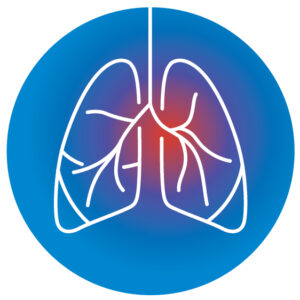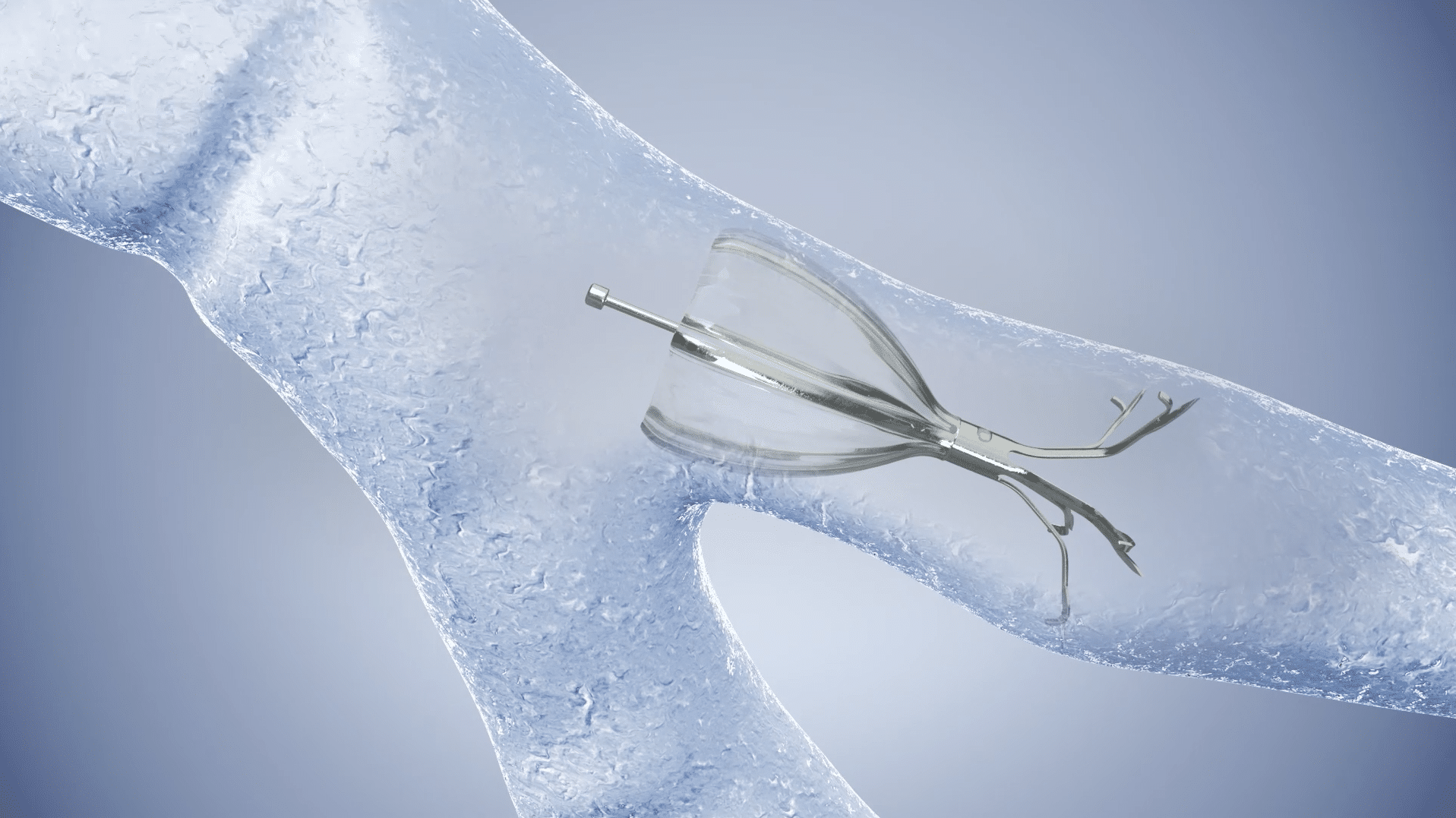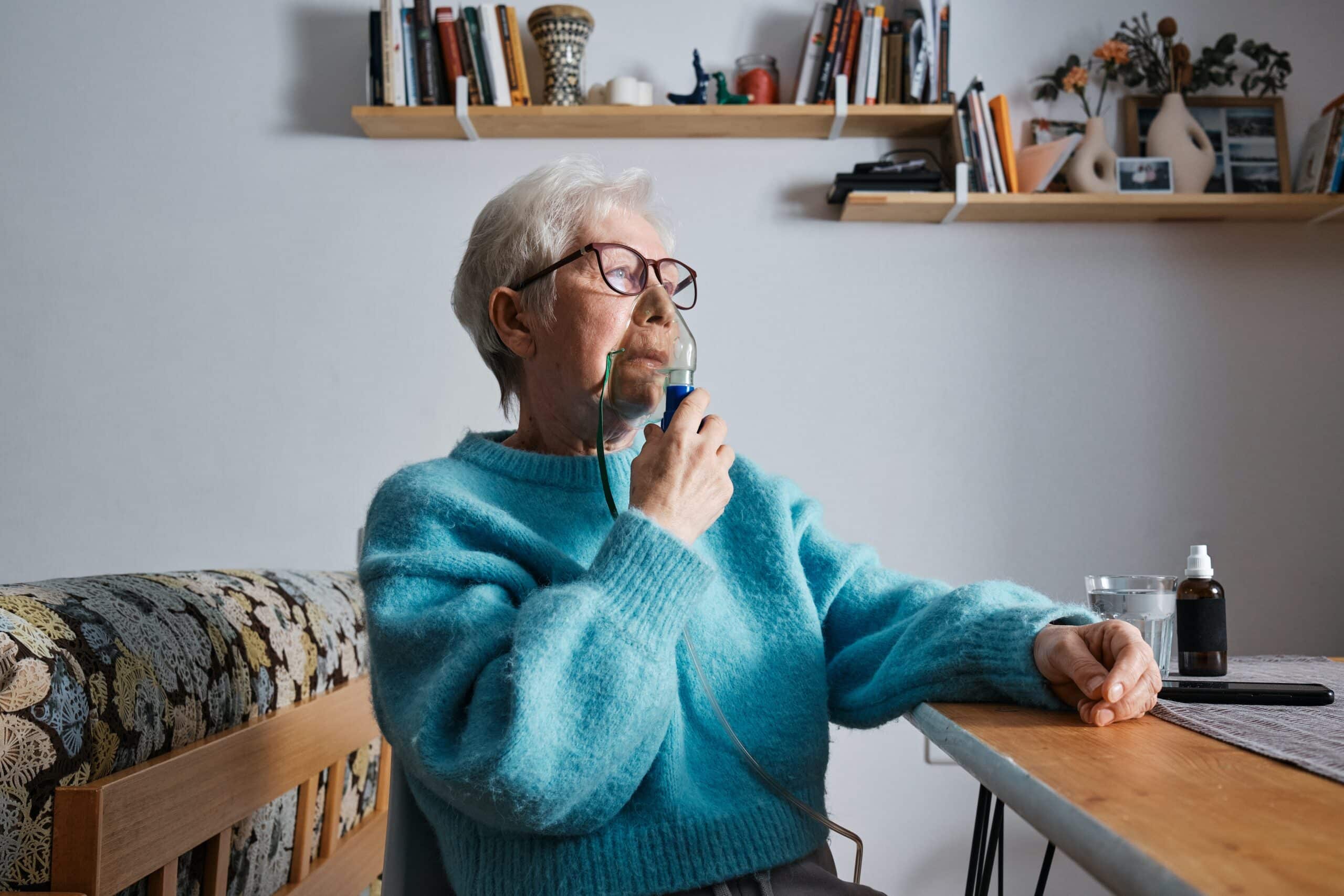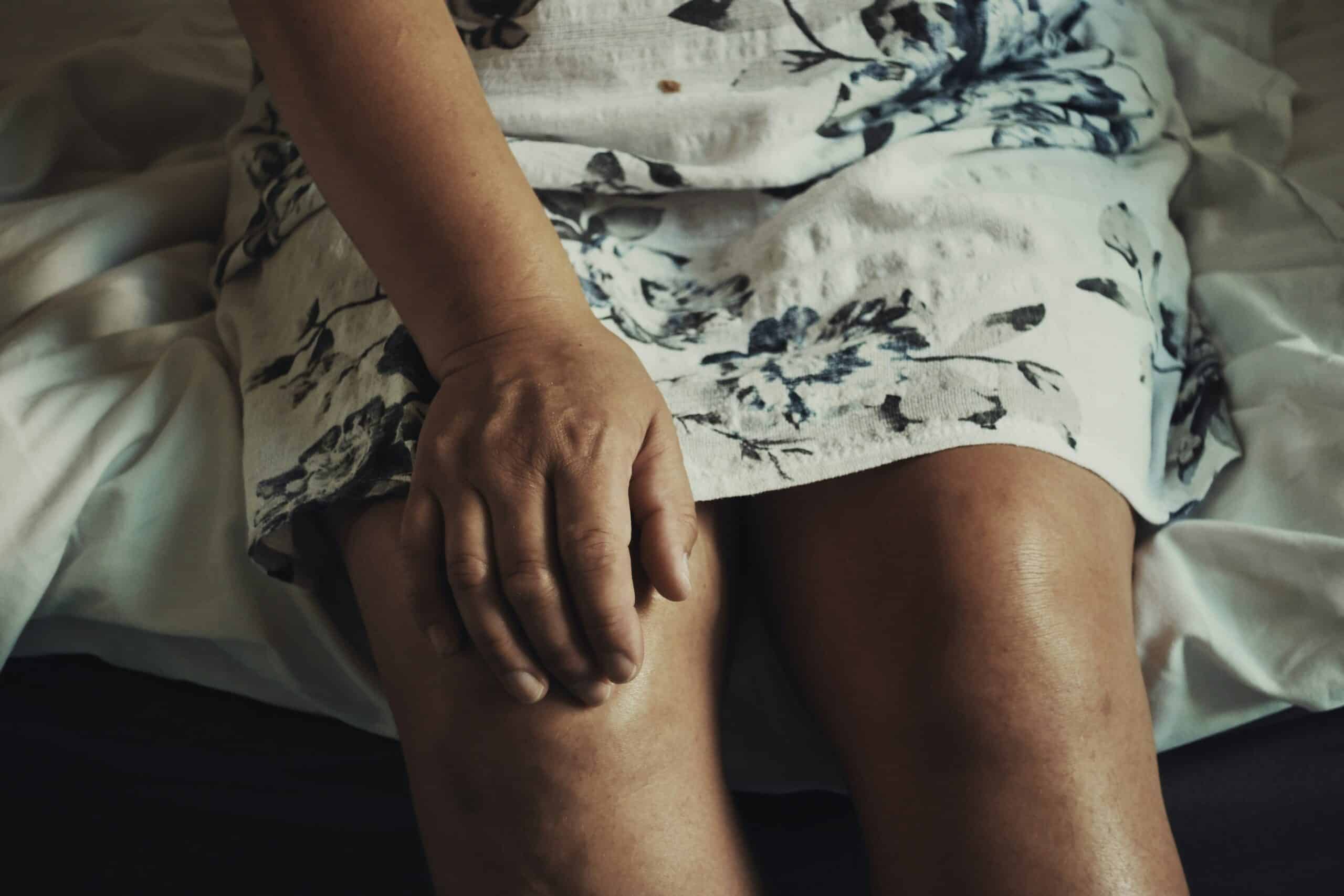
How Does Scleroderma Affect Your Lungs?
Scleroderma is an autoimmune disease which often causes a thickening and tightening of the skin on the fingers and other parts of the body. This condition can also affect the kidneys, GI tract (particularly the esophagus), and lungs. It can progress quickly or slowly, and has no known cause.
The lungs are involved in around 80% of all patients with scleroderma, often leading to scleroderma-associated interstitial lung disease (SSc-ILD).
Symptoms
Sc-ILD is a chronic condition in which scar tissue (or fibrosis) builds up in the walls of the air sacs of the lungs, causing lung tissue to become thick and stiff, impairing its ability to expand and contract properly during breathing.
As the disease progresses, it can lead to reduced lung function, shortness of breath during exercise and daily activities, and a persistent dry cough. Fatigue, depression, and anxiety are also common.
Prognosis
The prognosis in SSc-ILD can vary greatly from patient to patient, with some not needing treatment.
For many patients, the ILD develops very early and very rapidly, but once established, can be very stable for years. In others, the ILD continues to damage the lung on an ongoing basis. This rate of progression can vary from being slow over years and to being considerably more rapid. Progression of the disease may lead to lung failure (medically called “respiratory failure”), which is a life-threatening condition.
In addition, scleroderma-associated pulmonary hypertension can occur, where high blood pressure affects the arteries in the lungs, further straining a patient’s respiratory function.
Treatment
There is no single best treatment for SSc-ILD.
If your condition is stable, monitoring without any additional therapy can be appropriate.
Some patients are good candidates for immunosuppressive medications, such as cyclophosphamide or azathioprine. Nintedanib is an antifibrotic medication that can slow the progression of SSc-ILD. (Note: These medications carry aggressive side effects. Consult your doctor to see if they’re right for you.)
In the most extreme cases, lung transplantation is an appropriate treatment for people living with SSc-ILD. Experimental therapies may also be available.
Pulmonary rehabilitation, supplemental oxygen, smoking cessation, and routine vaccinations are often important parts of living with SSc-ILD.
Diagnosis
If your doctor suspects you have SSc-ILD, he will perform tests that might include pulmonary function tests, a chest X-ray, blood work, and a high-resolution CT scan (also known as CAT scan).
Pulmonary function tests measure how much air your lungs can hold. The more scar tissue your lungs have, the less air they will hold.
Your doctor will also use a high-resolution computed tomography (HRCT) scan, which is a special kind of X-ray that provides detailed images of your lungs. Healthy lung tissue looks nearly black on a CT scan, while scar tissue and inflammation both appear grey or white.
Thickening or tightening of the skin on your fingers, arms, face, or neck — as well as certain changes in your fingertips — are important clues that you might have scleroderma. Blood tests, such as an antinuclear antibody (“ANA”) and an anti-Scl70 antibody, can also help identify scleroderma.
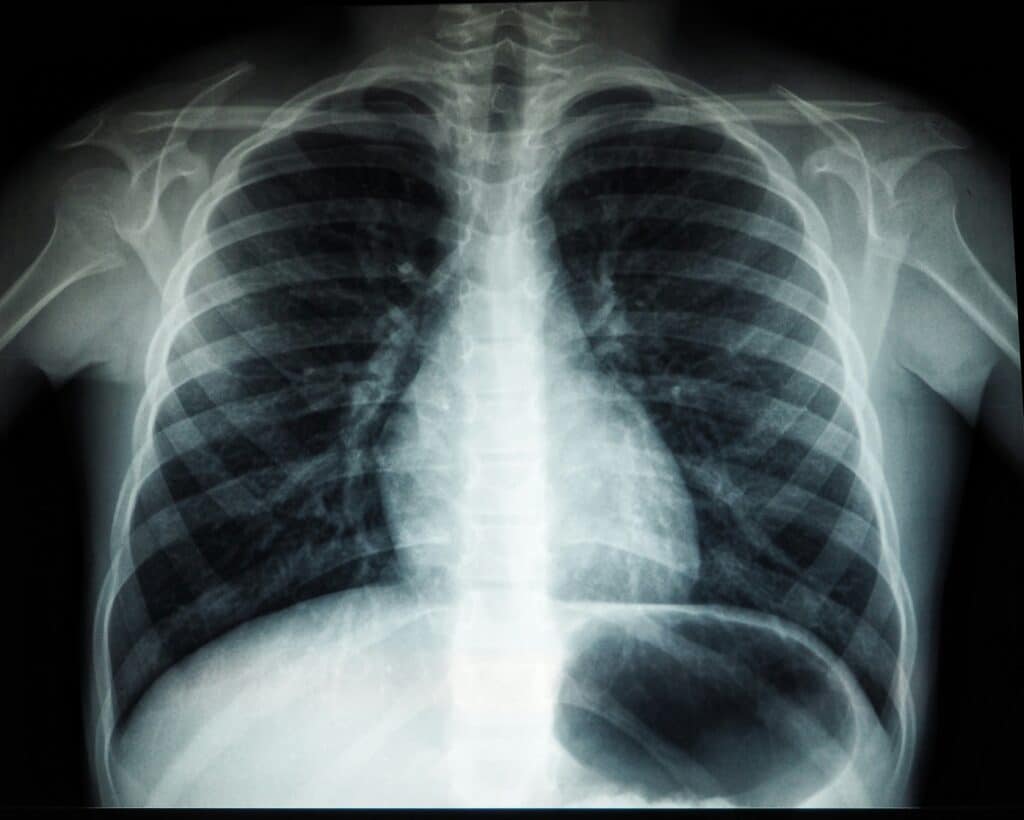
What You Can Do
While lung damage cannot be reversed, there are several things you can do to maximize your quality of life if you are diagnosed with SSc-ILD:
- Avoid second-hand smoke.
- Stay physically active to improve your fitness and preserve their function.
- Treat your esophagus correctly. If you have esophagus problems, you can aspirate intestinal contents into your lungs, potentially causing additional lung injury.
- Don’t ignore symptoms. If you feel there is a change in your breathing, let your doctor know. Early diagnosis and early use of preventive treatment is the key.
If you suspect you might have scleroderma — or have already been diagnosed with SSc-ILD — the Lung Docs will review your medical history, perform a thorough examination, and utilize diagnostic tools to evaluate your lung function and determine suitable treatment options.
Give us a call at (423) 710-3864 or make an appointment online so we can determine the right treatment for you.
Sources: pulmonaryfibrosis.org, uofmhealth.org, srfcure.org, yalemedicine.org.
We are here to Help You Breathe Better Again – The Lung Docs



